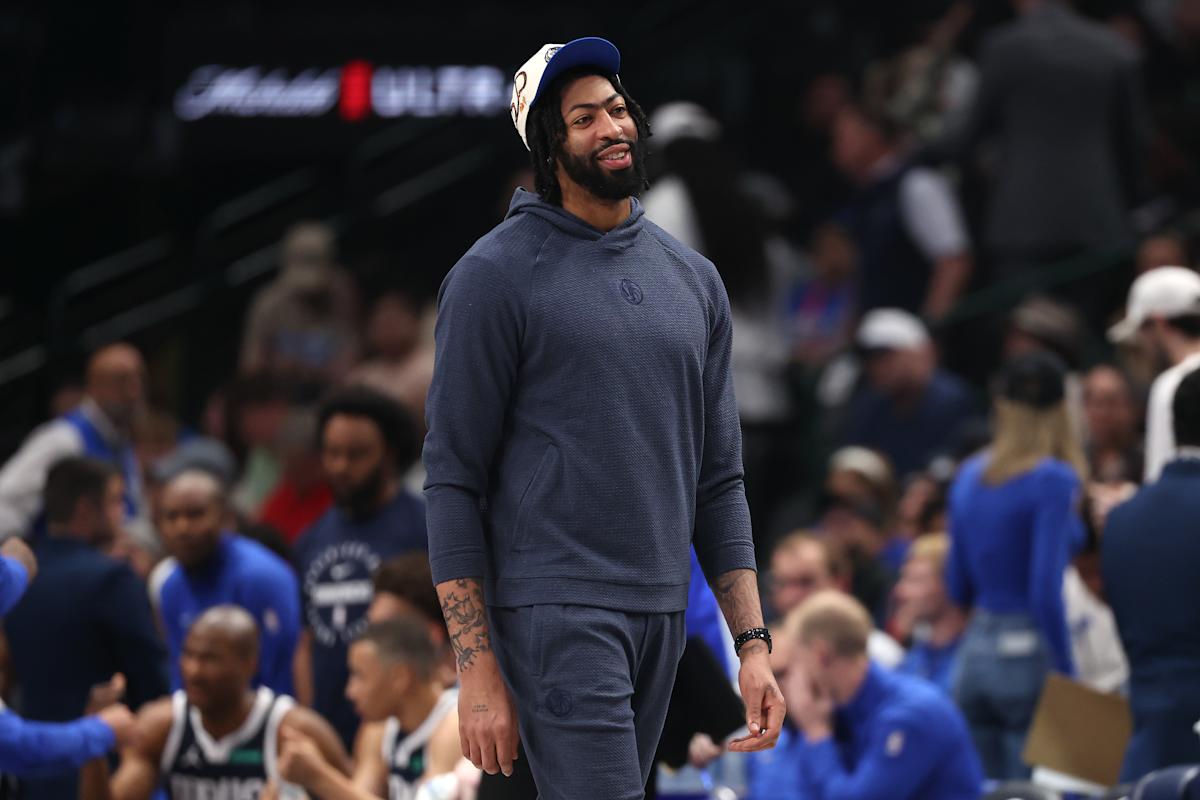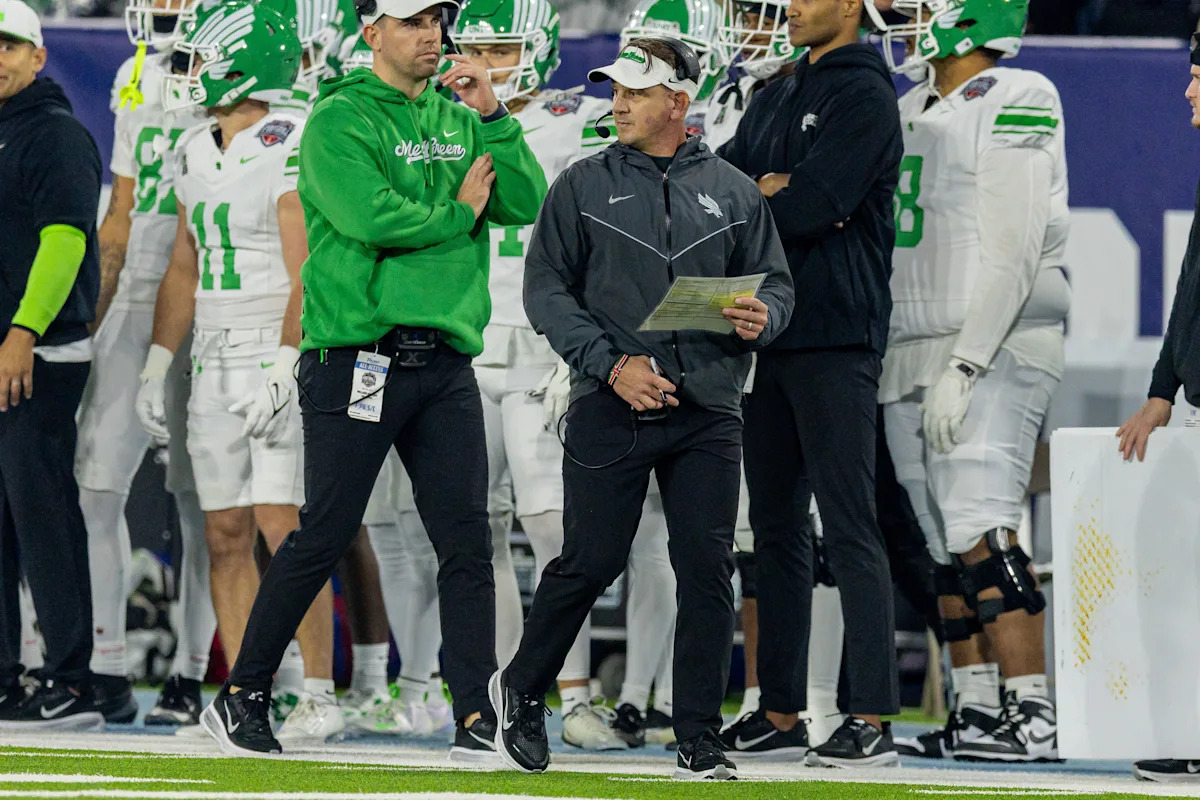In December of last year, the Brewers traded away Devin Williams, who to that point had, without exaggeration, been one of the most effective relievers in the history of baseball. Williams’ heartbreaking final appearance with the Brewers made his departure, which most fans were already expecting, more palatable. His painful season in the Bronx this year only enhances that feeling.
But at the time, many thought the return for Williams was light. Milwaukee got Nestor Cortes Jr., a solid starter with an alarming injury history, and a middling prospect, the soon-to-be 25-year-old, 5-foot-7 third baseman Caleb Durbin, who’d not yet appeared in a major league game. Durbin had flashed some speed and contact ability, but he didn’t hit for much power and there were questions about his viability on the left side of the infield. Given Durbin’s advancing age (for a prospect) and physical limitations, and the injury concerns that turned out to be very real about Cortes, it was easy to feel like the Brewers just hadn’t gotten enough for Williams, who entered 2025 with a 1.83 ERA (231 ERA+) and over 14 strikeouts per nine innings for his career.
It was especially easy to feel this way after a cursory look at the relievers who’d changed teams before the 2024 trade deadline, none of whom could boast a resume nearly as accomplished as Williams’. San Diego gave up a total of five decent prospects, including four of their top five and the players MLB Pipeline ranked as the No. 44 and 76 prospects at the time, to acquire Jason Adam from Tampa Bay and Tanner Scott from Miami. Kansas City traded their No. 2 prospect and the No. 39 pick in the 2024 draft to acquire Hunter Harvey.
Instead, the Brewers were stuck with Cortes — who most assumed was still hurt after he missed most of the end of the 2024 season — and Durbin. Let’s leave out the Cortes part of this conversation for now; it turned out he was hurt, and he made two appearances in Milwaukee, one of which was literally one of the worst starts of all time. He was traded again before completing rehab on the arm injury that kept him out from April 3 until August 6.
Durbin wasn’t exactly a non-prospect. He made it into top prospect rankings of the Yankees’ organization, usually in the mid-teens or so. But he certainly did not have a blue-chip past. Durbin played college ball at Division III Washington University of St. Louis. He spent his summers playing in the Northwoods League and the Florida Collegiate League. He was drafted in the 14th round by the Braves and traded just a few months later to the Yankees.
Once Durbin got to the minor leagues, he was productive. He had a .352 OBP and stole 31 bases in 36 tries in his first full season in the minors in 2022. In 2023 he hit .304/.395/.427 between High-A Hudson Valley and Double-A Somerset. He had an OPS over 1.000 in the Arizona Fall League in 2023. In 2024 he hit .275/.388/.451 with 31 stolen bases in 35 tries in a season spent mostly at Triple-A. He went back to the Arizona Fall League and blew away the league record for stolen bases (which had been 24), with 29 in 30 tries in just 24 games.
So when Durbin arrived with the Brewers, it wasn’t like he had no statistical record. The most optimistic prognosticators compared him to Jose Altuve, a similarly diminutive infielder. (These were not good comparisons; Altuve, who has an MVP award and a good shot at the Hall of Fame, had torn up the minors at a much younger age.) But the more realistic expectations were that Durbin may not be able to play third due to a weak arm, he may never hit enough, and his lack of power was an issue. Most thought he might be able to be a useful utility infielder but probably didn’t have a future as a good everyday player.
Durbin started the 2025 season at Triple-A Nashville, but due to Oliver Dunn’s struggles at the big-league level and a good start from Durbin (he batted .278 and slugged .481 in 13 games with the Sounds), Durbin made his major league debut on April 18, a game in which he picked up a couple hits.
Since then, things have gone well. In 125 games entering play Tuesday, Durbin has hit .262/.337/.402 (a 106 OPS+) with 24 doubles and 11 homers, one more than he’d ever hit in a season as a professional. His defense has graded out just fine: he’s been worth 0.8 dWAR according to Baseball Reference and 2.5 runs above average according to FanGraphs. He’s earned a reputation as a clutch hitter, buoyed by a walk-off homer on June 7.
All of this got me thinking: Brewers fans (me included!) were disappointed not to get a top 100 prospect for Williams, but what is the actual “hit rate” on top 100 prospects, and how does what Durbin has done in 2025 compare to what you might expect from a top 100 prospect? Do we get too attached to that numbering system? I wanted to examine a random year — I chose 2015, long enough ago that we could get a clear picture but not so long ago that scouting practices would be vastly different — to see how the players included on top 100 lists actually do.
I looked at the MLB Pipeline list prior to the 2015 season. Like I’m sure you’d find on any prospect list from the last 30 years or so, there are superstars, busts, and everything in between. I broke it down a bit to get a sense for how well Durbin’s season slots in. First, career numbers:
What about single-season numbers? How many players on 2015’s top 100 prospect list earned more than the 2.6 WAR Durbin has in 2025 in any season?
Durbin has, then, already offered single-season value better than half of all the top 100 prospects of 2015 and seems well on his way to earning career value that would put him in the top third or so. Did Matt Arnold and the Brewers’ front office know (or, at least, strongly suspect) that Durbin would offer value that was right in keeping with the average top 100 prospect? That’s a different question, one that I’d be fascinated to know the answer to in an honest moment. But it is clear that Durbin’s actual production is roughly in line with what the Brewers could’ve expected from a top 100 prospect.
One of the “Moneyball” tenets was to not discriminate against productive players because they didn’t look like traditional athletes. Durbin’s small stature is, perhaps, a hurdle, but it by no means suggests that he cannot be a solid player. The Brewers may have seen Durbin as a player that, because of that one obvious physical drawback, was undervalued. It’s entirely possible that the Brewer front office expected that they could get top 100 value from Durbin, even if the public prospect rankings didn’t view him that way.
The Williams trade is an odd one; the two “headliners” both suffered through horrific 2025 seasons and will go into free agency with a whole lot to prove. But in Durbin, the Brewers got the prize of this deal, even if he was underwhelming to many observers at the time. He could be a fixture of the Milwaukee infield for years to come.
0 Comments























